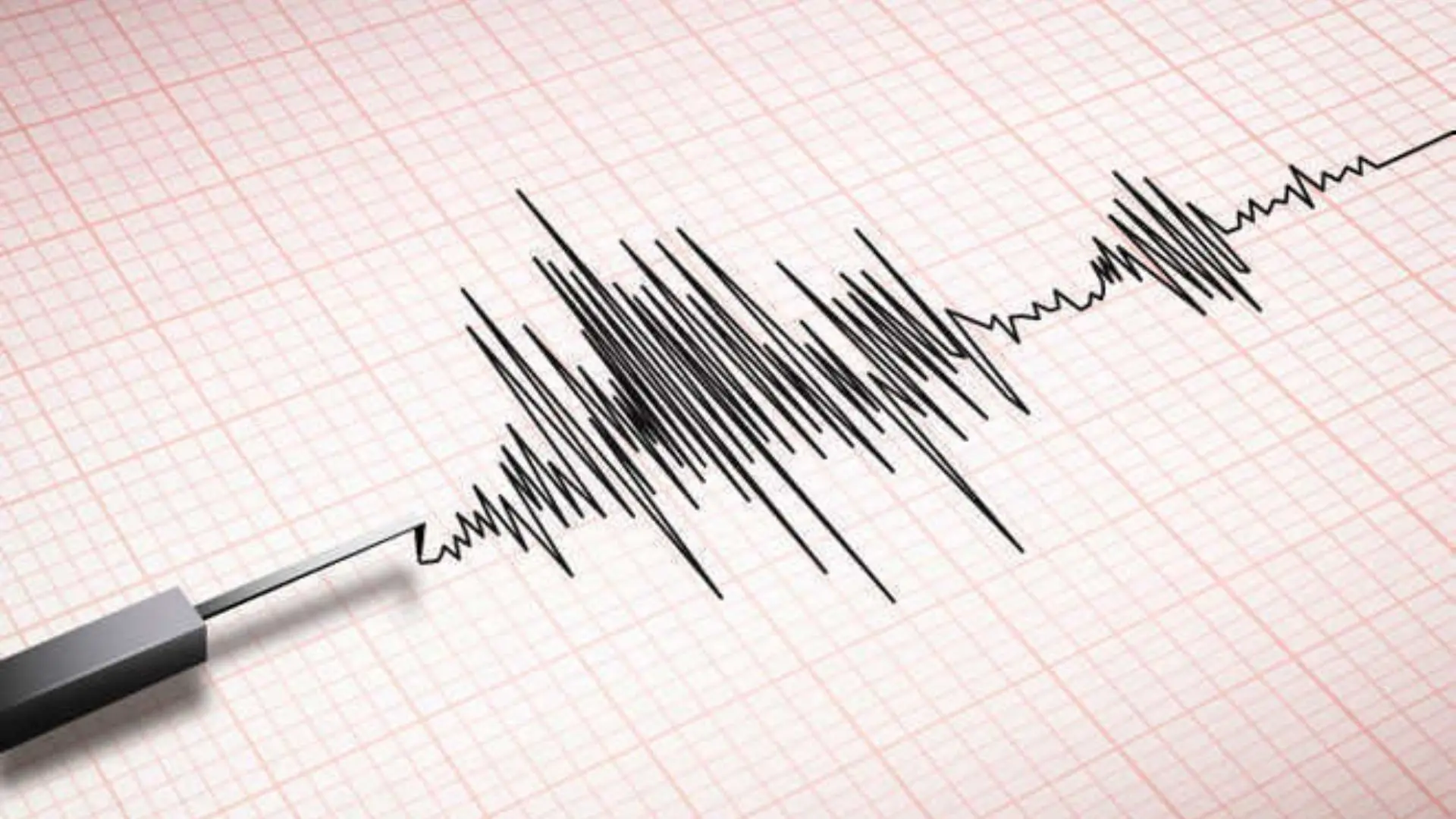The year 2024 saw unparalleled destruction as the world’s ten most expensive climate disasters caused $229 billion in damages and claimed 2,000 lives, according to Christian Aid’s annual analysis. These catastrophes, fueled by human-induced climate change, left a lasting scar on economies and communities across the globe.
A staggering 75% of the financial losses were concentrated in the United States, where hurricanes Helene and Milton alone accounted for over $100 billion. These back-to-back storms, which struck in September and October, marked the first time two events in a single year exceeded $50 billion in damages.
The destruction wasn’t confined to the US. Typhoon Yagi ravaged Southeast Asia, killing 829 people and causing $12.6 billion in damages. In Europe, Storm Boris caused $5 billion in losses and claimed 26 lives. Catastrophic floods wreaked havoc in southern China, Bavaria, Valencia, and Brazil’s Rio Grande do Sul, with each disaster exceeding $4 billion in costs—a grim milestone highlighting the rising financial toll of the climate crisis.
Dr. Mariam Zachariah of Imperial College London emphasized the clear link between these disasters and the burning of fossil fuels:
“Extreme weather is clearly causing incredible suffering in all corners of the world. Most of these disasters show clear fingerprints of climate change.”
Christian Aid noted that the financial impact revealed by insurance payouts only scratches the surface. Uninsured losses, particularly in poorer regions, along with long-term damages to ecosystems, food supplies, and global stability, paint a far bleaker picture.
Christian Aid CEO Patrick Watt issued a stark warning:
“The human suffering caused by the climate crisis reflects political choices. Disasters are being supercharged by decisions to keep burning fossil fuels and failing to deliver financial commitments to the poorest and most climate-vulnerable countries.”
ALSO READ: Jimmy Carter To Be Honored With Washington Funeral, Final Resting Place In Georgia























